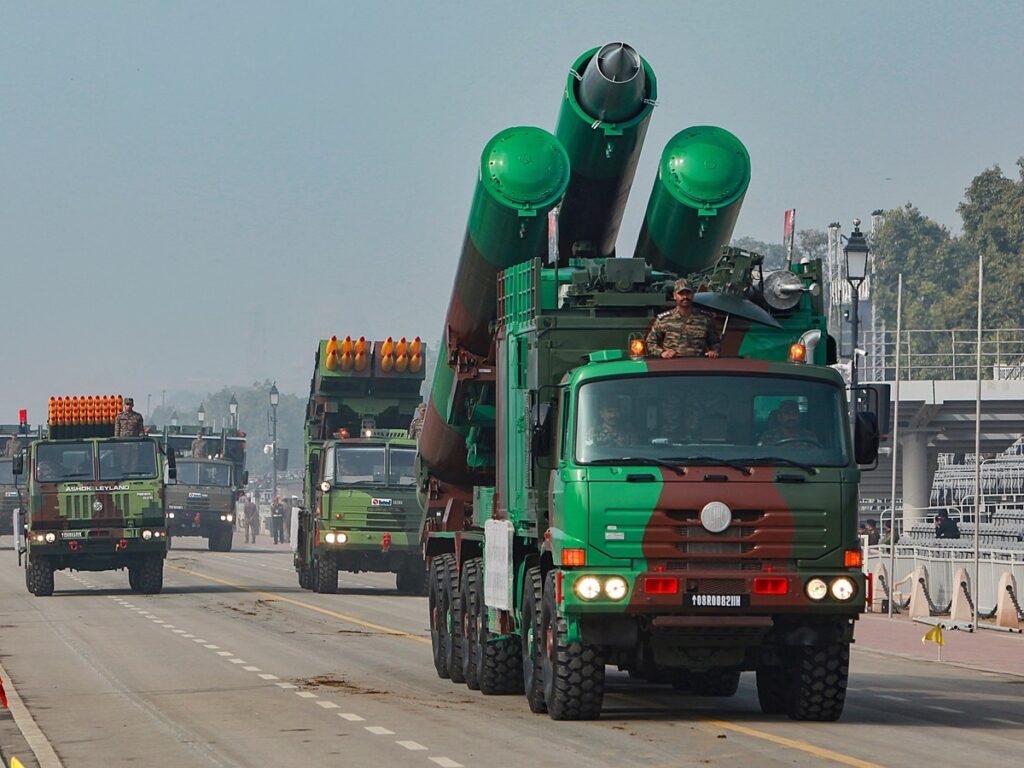The recent military operations in the region have spurred significant advancements in defense collaboration between India and Russia. Following the successful deployment of systems during Operation Sindoor and targeted strikes against terrorist infrastructures in Pakistan-occupied Kashmir (POK), both nations have initiated discussions to jointly develop an advanced version of the BrahMos missile. This collaboration signifies a crucial step in enhancing regional security and technological innovation in military capabilities.
Background of Operation Sindoor
Operation Sindoor was a strategic initiative aimed at neutralizing threats from terrorist organizations operating in POK. The operation highlighted India’s commitment to combating terrorism while underlining its capacity to execute complex military operations. This effort not only demonstrated tactical proficiency but also emphasized the need for advanced technologies in modern warfare.
The BrahMos Missile: A Brief Overview
The BrahMos missile, developed by the BrahMos Aerospace joint venture between India and Russia, is one of the fastest cruise missiles in the world. With a range of approximately 400 kilometers, it can be launched from submarines, ships, aircraft, and land platforms, thus providing versatile strike capabilities. Its continued evolution is crucial for maintaining strategic deterrence.
Benefits of Advanced BrahMos Development
Collaborating on an advanced version of the BrahMos missile presents several key advantages:
- Enhanced Range and Precision: The new version is expected to offer improved range and precision, making it more effective against high-value targets.
- Technological Sharing: Joint development enables both countries to share crucial technology, fostering innovation in missile defense systems.
- Strengthened Bilateral Ties: This project will solidify military and strategic partnerships, reinforcing regional stability against common threats.
Future Implications
The joint venture in creating an advanced BrahMos missile could have far-reaching implications for regional security dynamics. With rising tensions in the region and the proliferation of missile technologies, the new missile variant could serve as a powerful deterrent against potential adversaries.
Potential Challenges
While the prospect of developing an advanced BrahMos missile is promising, there are challenges that both nations must navigate:
- Geopolitical Tensions: Relations with other nations, particularly China and Pakistan, could complicate this collaboration.
- Budget Constraints: Allocating adequate resources for development while managing existing defense budgets can be a significant challenge.
- Technology Transfer Issues: Ensuring smooth technology transfer without compromising national security will be critical.
Conclusion
India and Russia’s commitment to jointly develop an advanced version of the BrahMos missile post-Operation Sindoor marks a pivotal moment in defense collaboration. As both nations strive to enhance their military capabilities, this partnership not only serves immediate strategic needs but also lays the groundwork for future innovations in defense systems. Continued cooperation in this domain will be vital for maintaining regional security and countering the evolving threats posed by terrorism.
